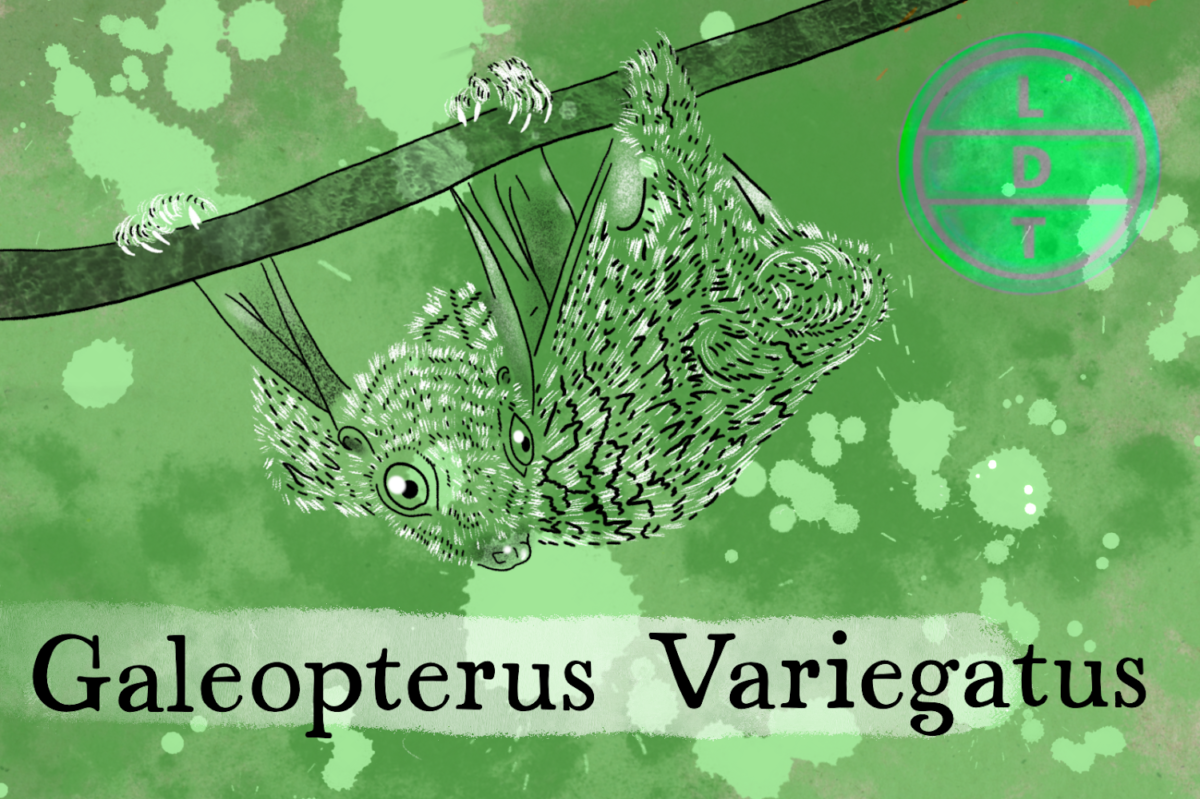“…and today we’re talking about a bug-eyed pseudo bird. But more on that later.”
Arboreal creatures are built to get around in trees, and in the rainforest, that’s an extremely helpful adaptation. But what if your so great at getting around the branches that your no good on the ground. The Colugo is in such a predicament. When you can’t go down, you have to figure out a better way to stay up. Keeping your chin up and your eyes on the prize is a great way to make it in Life, Death and Taxonomy.
Measure Up
Length
33 to 42 cm (13 to 17 in)
A colugo is the same length as…
- 0.02881% the Roman Road, Via Augusta.
- 12 peanut pods.
- 3% the length of the John Frost Bridge at Arnhem.
Fun fact: The longest Roman road in Europe was the Via Augusta, stretching approximately 1,500 kilometers from the southwestern coastal city of Gades (Cádiz) to the Pyrenees Mountains along the inland valleys parallel to the Mediterranean Sea coastline.
Weight
0.9 to 1.3 kg (2.0 to 2.9 lb)
A colugo is the same weight as…
- A soccer ball
- A football helmet
- A hockey stick
Fun fact: A football helmet is around 3 to 5 pounds.
Major Fact: Falling with Style
The Sunda flying lemur is strictly arboreal, which means it spends imost, if not all, of its life in trees.
It is most active at night, venturing out to feed on soft plant parts such as young leaves, shoots, flowers, and fruits.
While it is a skillful climber, it becomes nearly helpless when on the ground due to its specialized adaptations for gliding.
So, what can it do when it wants to get to a new tree, but would rather not sully it’s paws on the earth bellow? The colugo has a specialized adaptation called a patagium. This fantastic fully-furred membrane extends from its neck along it’s limbs to the tips of its fingers, toes, and tail.
When gliding, the patagium can extend up to about 70 centimeters (27.5 inches) with the help of an extensor muscle in the flank membrane.
Although it cannot fly like a bird, this membrane allows it to glide skillfully from tree to tree.
Its kite-shaped patagium allows it to glide over distances of up to 100 meters (328 feet) with a minimal loss of elevation.

